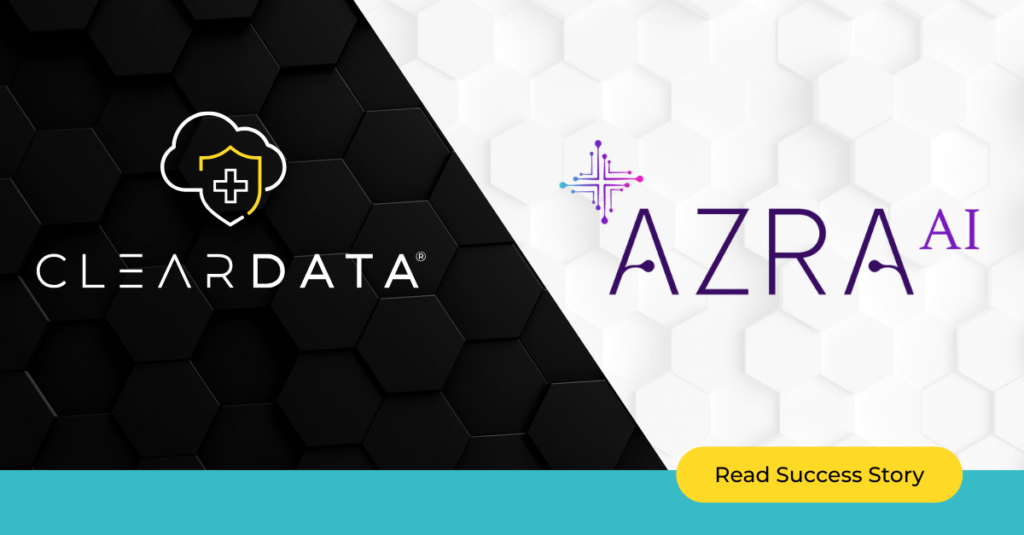Cybersecurity is changing fast, and IT directors face the challenge of protecting their organizations while keeping their security strategies flexible and effective.
Agentless security is an innovative solution redefining the cybersecurity landscape. This approach eliminates the need for installing software agents on devices, providing streamlined protection without impacting system performance. Key benefits include simplified deployment, reduced compatibility issues, and minimized maintenance requirements.
Let’s explore the key advantages of agentless security, how it differs from agent-based solutions, and when to utilize each one.
What is Agentless Security?
In traditional security models, “agents” refer to small software programs installed on devices to monitor, protect, and report on security threats. While effective, these agents can sometimes impact system performance, create compatibility challenges, and require regular maintenance. Agentless security eliminates the need for these software agents, offering streamlined protection that simplifies deployment, reduces compatibility issues, and minimizes upkeep.
Agentless security refers to a method of securing IT systems without the need to install or deploy individual software agents on each endpoint or device. Instead, it works by accessing data directly from APIs, logs, or other non-invasive methods that eliminate the need for software to operate locally on devices.
Unlike traditional agent-based security, which often requires downloading and maintaining numerous software programs, agentless security focuses on centralized monitoring and management. This makes it particularly attractive to IT teams juggling numerous endpoints in diverse environments.
How Does It Work?
Agentless security integrates with the environment using existing access points, such as cloud APIs, directory services, or infrastructure layers. By leveraging these touchpoints, it collects the necessary data to monitor systems, detect vulnerabilities, and enforce policies without interfering with endpoint operations.
Is Agentless Security or Agent-Based Security Better?
When it comes to security, both agentless and agent-based approaches offer unique advantages, each suited to different needs. Rather than a one-size-fits-all solution, the right choice depends on your specific IT environment and challenges. Here’s a look at the benefits of adopting an agentless approach and how it compares to agent-based security.
Benefits of Agentless Security
- Simplified Deployment: Agentless security skips the cumbersome agent installation process, reducing setup time. This is especially valuable for large-scale operations with hundreds or thousands of endpoints.
- Minimal Performance Impact: Since no agents are running on individual devices, there’s no drain on local resources such as CPU or memory. Your systems remain fast and efficient.
- Streamlined Maintenance: Forget about software updates and patch management on every device. Agentless security solutions operate centrally, eliminating the overhead of endpoint maintenance.
- Comprehensive Visibility
Access points like APIs provide a holistic view of your IT ecosystem, spanning cloud environments, on-premise servers, and hybrid setups. - Enhanced Scalability
Agentless architectures can seamlessly accommodate growth. Whether your organization adds new devices, users, or even shifts into new environments, scalability is straightforward. - Improved Security for Legacy Systems: Legacy systems that cannot support modern agents can still be monitored and protected through agentless solutions.
Agentless Security vs. Agent-Based Security
To fully appreciate agentless security, IT professionals need to understand how it compares to traditional agent-based security. Both approaches have unique strengths, but choosing the right one depends on your organization’s needs.
| Aspect | Agentless Security | Agent-Based Security |
|---|---|---|
| Deployment | No local installation required | Requires software on each endpoint |
| Performance Impact | Minimal | Can consume CPU and memory resources |
| Maintenance | Centralized, no updates on endpoints | Regular updates on each endpoint |
| Visibility | Centralized and holistic | Device-specific |
| Scalability | Easy to scale with minimal effort | Scaling requires agent deployment |
| Ideal Use Cases | Cloud environments, hybrid architectures | Systems with strict compliance needs |
Use Cases for Agentless Security
Agentless security is well-suited to a variety of environments, making it a versatile tool in any IT director’s arsenal. Here are some common scenarios where it shines:
- Cloud Environments: With the rise of hybrid and multi-cloud strategies, agentless cloud security is essential for gaining visibility into dynamic and ephemeral workloads.
- BYOD (Bring Your Own Device) Policies: Managing employee devices can be complex. Agentless solutions provide oversight without requiring intrusive software installations.
- Mergers and Acquisitions: Integrating IT systems during M&A transitions is smoother with agentless security. It delivers rapid insights across mixed environments.
- Monitoring Third-Party Vendors: When working with external vendors, agentless methodologies offer a low-impact way to monitor shared systems.
- Enhancing Legacy Systems: Older systems often lack the capacity to support modern security agents. Agentless cybersecurity solutions provide an alternative.
- Comprehensive Visibility: Comprehensive visibility is essential for identifying vulnerabilities, ensuring compliance, and maintaining robust security in dynamic, multicloud or on-prem ecosystems confidently and efficiently
Common Concerns About Agentless Security
While agentless security offers numerous benefits, IT directors occasionally raise concerns. Here are some responses to common hesitations:
Q: Does it provide the same level of protection?
A: Yes, agentless security is designed to offer robust protection tailored to modern needs. Solutions that integrate with cloud APIs, for example, provide deep insights into potential vulnerabilities.
Q: Can it replace agents entirely?
A: Not always. Specific scenarios, such as endpoint protection for highly regulated industries, may still require agent-based solutions. However, an agentless approach is invaluable for supplemental visibility and coverage.
A Balanced Approach to Security
Agentless security is not a one-size-fits-all solution—but it doesn’t have to be one. It works best in tandem with other strategies, to bolster your overall security framework with its lightweight, scalable, and hassle-free approach.
Choosing between agent-based and agentless methods comes down to understanding your organization’s specific needs. For scalable, centralized, and lightweight protection, agentless security offers an excellent path forward. It’s particularly well-suited for cloud-first or hybrid strategies, making it an essential consideration for forward-thinking IT directors.
If you’re ready to explore how agentless security can transform your cybersecurity strategy, the next step is evaluating tools and technologies that align with your infrastructure.
Speak with a healthcare cybersecurity expert today.
FAQ
What is the difference between agent-based and agentless security?
Agent-based security requires installing software on each endpoint, while agentless security uses centralized methods like APIs or logs to monitor and protect environments. The former is resource-intensive, while the latter is lightweight and highly scalable.
What is agentless cloud security?
Agentless cloud security focuses specifically on protecting cloud environments without installing individual software clients on virtual machines or containers.
Can I run both agent-based and agentless systems?
Yes. Combining both approaches allows you to leverage the unique strengths of each. For instance, use agents for endpoint protection in high-compliance areas and agentless methods for cloud visibility.
Does agentless security work in hybrid environments?
Yes, hybrid environments benefit significantly from agentless solutions, as they provide unified insights across on-premise and cloud systems.
Elevate Your Healthcare Cloud Cybersecurity



